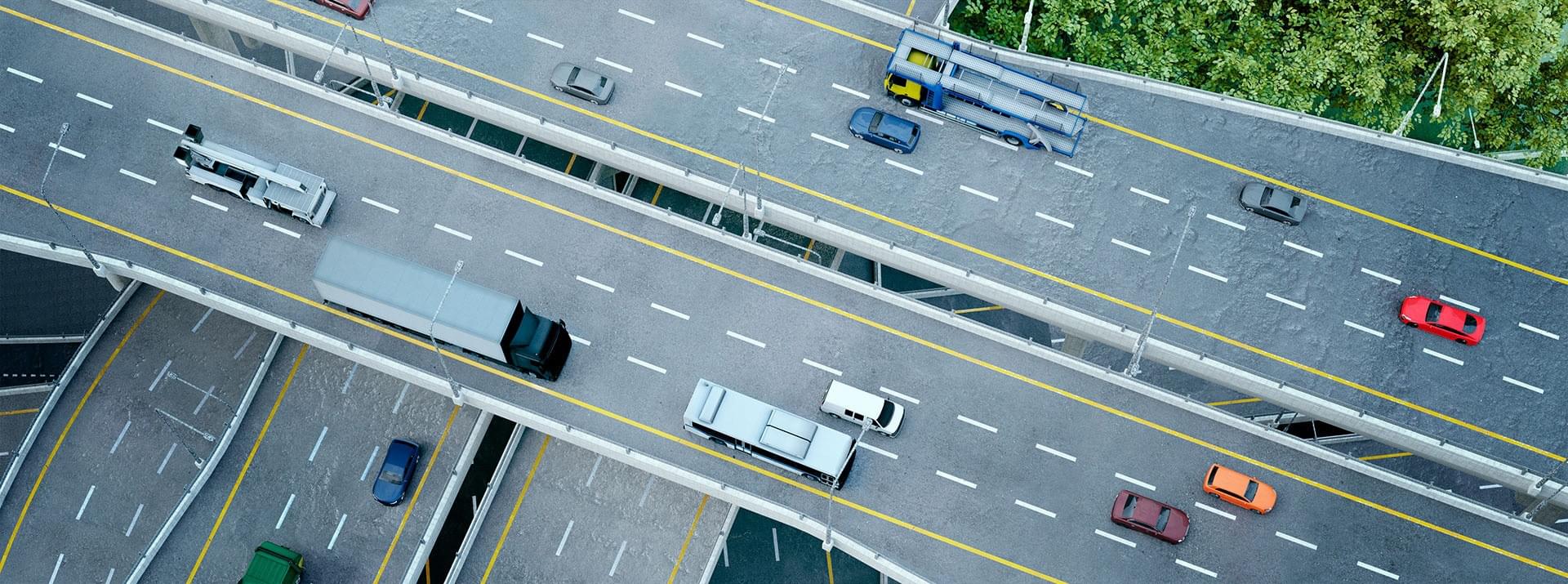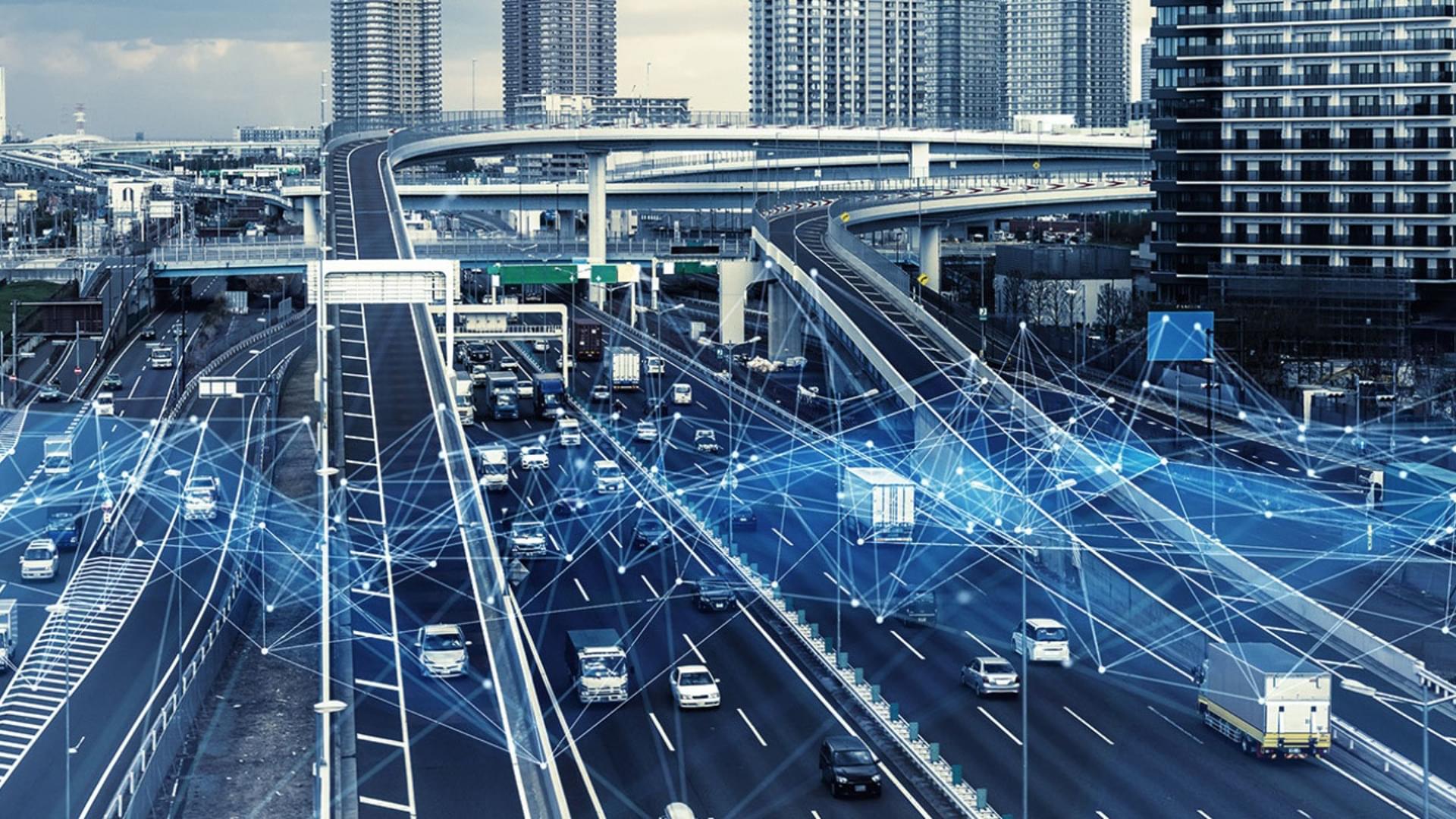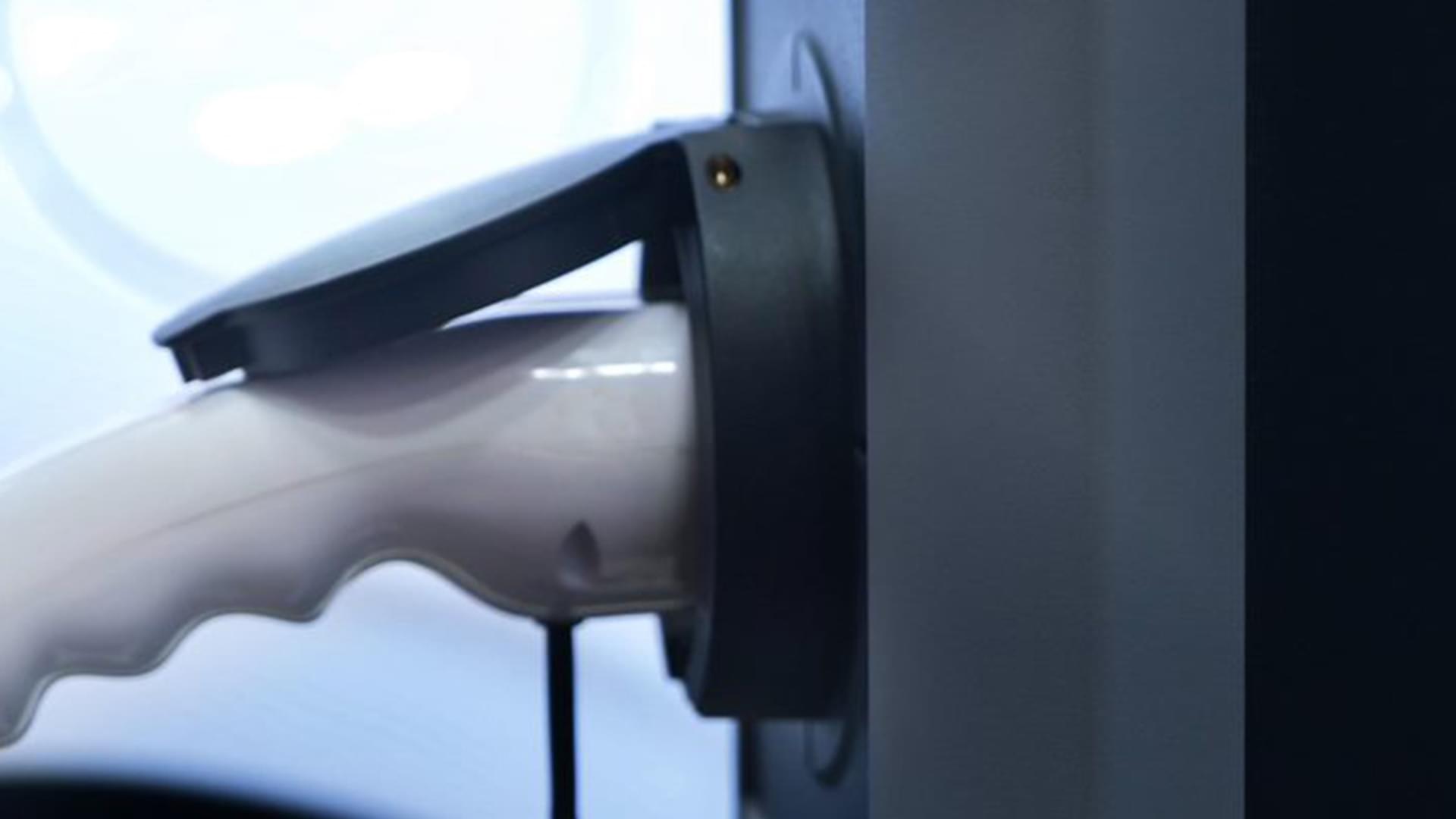
Freight transport of the future will be safer, quicker, and more reliable than it is today. Partially and fully autonomous commercial vehicles are the key to this shift, and can help make major advances in terms of cost, efficiency, and above all safety. Knorr-Bremse has been working successfully for many years to make this vision a reality.
Passenger and goods transport of the future will be significantly more automated than it is today. Trucks that can meet these demands will be needed. A continuous development process is already ongoing. Additional functions are being developed in the area of level 2 driver assistance systems and integrated corresponding to statutory regulations in Europe and other areas. Level 4 applications are the focus, among others, for autonomous driving, for example for use in driverless vehicles for hub-to-hub long-distance transport.
Complex driving dynamics of commercial vehicles
Failsafe, automated driving dynamics regulation plays a key role in automated driving. The driving dynamics of commercial vehicles are much more complex than those of passenger cars. This is due partially to the wide range of vehicle models: Driving dynamics can be influenced not only by vehicle length, but also the number of axes and the type of trailer used. The number of driven axes, load distribution, height of the center of gravity and many other criteria also play a role. Managing these complex interactions is Knorr-Bremse's core area of expertise.
Environment recognition, decision-making, actuation
Environment recognition, decision-making and actuation are the three dimensions of automated driving. In the environment recognition area, well-established sensor technology already installed in huge numbers in passenger cars can be adapted for the needs of commercial vehicles. Carefully tailored algorithms calculate what the vehicle should do from one second to the next using huge quantities of data. Executing these decisions, or converting electrical signals into mechanical actions, is what vehicle actuators from Knorr-Bremse are designed to do. They ensure the function of the overall vehicle without errors throughout the entire process chain.
Function by function to autonomous commercial vehicles
Knorr-Bremse is part of the ATLAS-L4 project (Automated transport between logistics centers on highways on level 4) alongside other major market players. The purpose of the project is to show that using driverless commercial vehicles on the highway is feasible, laying the foundation for innovative transportation and logistics concepts.
Safety in highly automated driving
With its brake and steering systems, Knorr-Bremse addresses the two most significant actuators relevant for safety in the vehicle. They form the basis for a wide range of assistance systems and automated driving functions. At the same time, the safety and efficiency of the new functions is still in question. If drivers are actually paying attention to other tasks during the trip or are not available, then it must be ensured that safety-relevant sub-systems have high availability and are completely failsafe.
By further developing existing solutions, Knorr-Bremse creates systems that retain their overall function even if individual system components experience errors. This type of redundant system architecture makes differentiated function packages possible, depending on the specific purpose. The company's product portfolio ranges from solutions for the Minimal Risk Maneuver, which ensure the vehicle can be stopped and parked safely at any time, to the Mission Complete solution, which allows the vehicle to continue driving safely even in case of an error. These are implemented by combined, intelligent system architectures with multiple fall-back levels in order to ensure maximum performance. All in all, a central building block on the path to the safe, rapid and reliable fright transport of the future.


